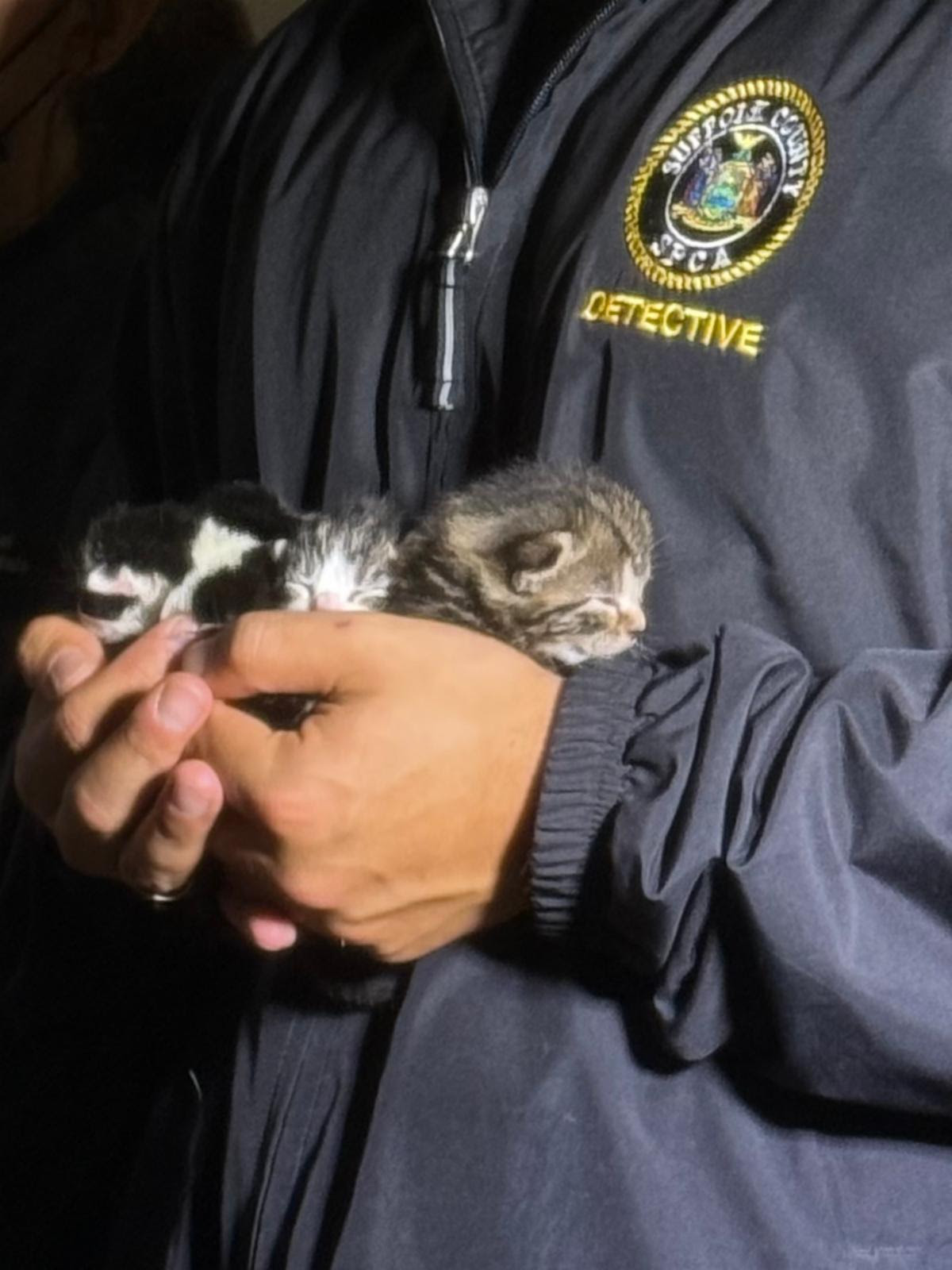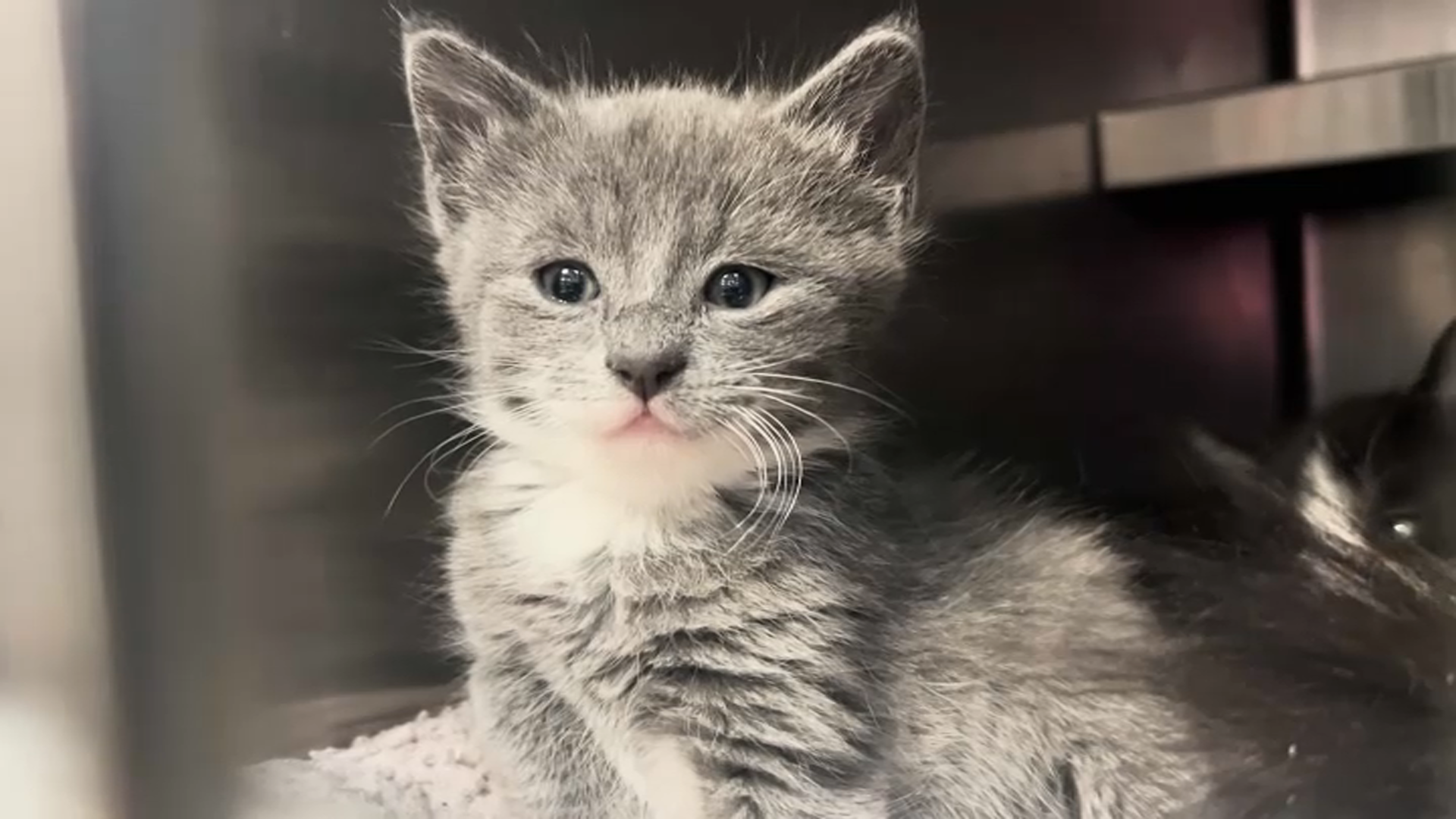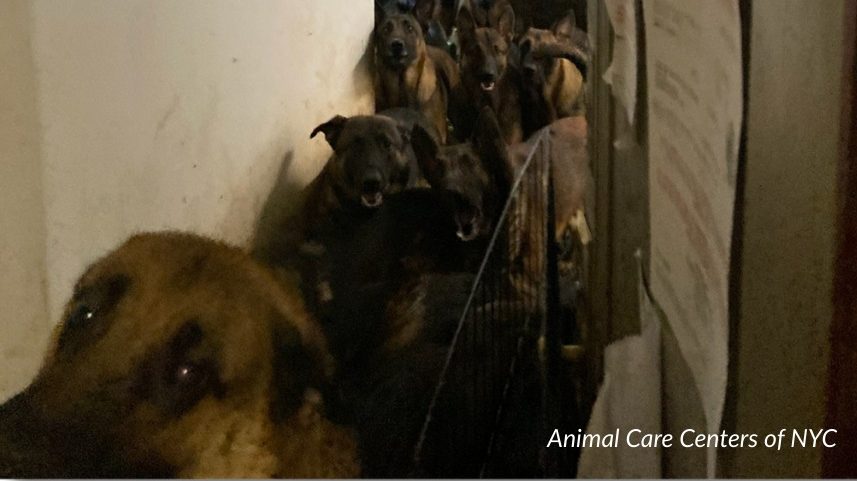Cats Rescued: 50+ Saved from Long Island Hoarding!
Horror on Long Island: 50+ Cats Rescued from Hoarding Hell
A Desperate Plea for Help: Long Island Cats Need You
Imagine walking into a house and being overwhelmed by the stench of ammonia, the sight of filth, and the cries of dozens of neglected animals. This isn't a scene from a horror movie, but the reality faced by animal welfare workers on Long Island. They recently rescued over 50 cats from a horrific hoarding situation, and they need your help. Are you ready to hear the full story and find out how you can make a difference?
The Bohemia Home: A Scene of Unspeakable Neglect
The Suffolk County SPCA responded to a residence in Bohemia after receiving reports of a strong ammonia odor. What they found was far worse than anyone could have imagined. Inside, they discovered at least 50 living cats, all in dire need of immediate veterinary care. But the horror didn't stop there.
Uncovering the Truth: Deceased Animals and Condemned Living Conditions
Tragically, the SPCA also found a number of dead cats within the home. Reports indicate that nearly 30 deceased cats were discovered, with some even found in a freezer. The residence was condemned due to the unsanitary and unsafe living conditions. It's a stark reminder of the devastating impact of animal hoarding. Can you imagine the trauma these surviving cats have endured?
An Animal Rescuer's Perspective: "One of the Worst"
John Debacker, an experienced animal rescuer, described the scene as "one of the worst" he's ever encountered. "I’ve done many hoarding houses, but 61 cats — actually there were nearly 30 deceased, 24 of those were found in the freezer and yesterday we found two dead kittens. One was in a box spring," he recounted. "It was disgusting. There was urine and feces all over the walls, flooring, couches were covered in feces, ste..." (content truncated).
The Lingering Effects of Hoarding: Trauma and Illness
These cats aren't just dealing with physical ailments; they're also suffering from emotional trauma. They've lived in an environment of deprivation, neglect, and possibly even abuse. It takes time, patience, and specialized care to help them heal. Their psychological scars may be even deeper than their physical wounds.
Immediate Needs: Veterinary Care and Shelter
The immediate priority is providing the rescued cats with the veterinary care they desperately need. This includes vaccinations, deworming, treatment for infections, and addressing any underlying medical conditions. They also require a safe and comfortable shelter where they can recover and begin their journey towards healing.
The Town of Islip Animal Shelter: A Helping Hand
The Town of Islip Animal Shelter is playing a crucial role in caring for the rescued cats. They are providing temporary shelter, medical attention, and the necessary resources to help these animals recover. However, they can't do it alone. They need the support of the community to provide these cats with the best possible chance at a new life.
How You Can Help: Making a Difference in a Cat's Life
There are many ways you can contribute to the care and well-being of these rescued cats. Your support, no matter how big or small, can make a significant impact.
Donations: Fueling the Rescue Efforts
Financial donations are essential for covering the costs of veterinary care, food, supplies, and shelter. Every dollar donated goes directly towards providing the cats with the resources they need to heal and thrive. Think of it as investing in their future – a future filled with love and comfort.
Adoption: Giving a Cat a Forever Home
Once the cats have recovered, they will be available for adoption. Consider opening your heart and home to one of these deserving animals. Providing a loving and stable environment is the ultimate gift you can give. Adoption is not just about saving a life; it's about gaining a loyal companion.
Fostering: Providing Temporary Care and Love
If you're unable to adopt, fostering is another wonderful way to help. Fostering provides a temporary home for cats who need a little extra TLC before they're ready for adoption. It's a chance to provide them with a safe and nurturing environment while they recover. It's like giving them a stepping stone to their forever home.
Volunteering: Lending a Helping Hand
Animal shelters and rescue organizations always need volunteers to help with various tasks, such as cleaning, feeding, socializing with the animals, and assisting with administrative duties. Your time and skills can make a real difference in the lives of these cats. It's a chance to be the hero they desperately need.
Spreading Awareness: Sharing the Story
Share this story with your friends, family, and social media networks. The more people who are aware of the situation, the more likely it is that these cats will receive the help they need. Raising awareness is a powerful tool in promoting animal welfare. You never know who might be moved to donate, adopt, or volunteer.
The Bigger Picture: Addressing Animal Hoarding
Animal hoarding is a complex issue that often stems from mental health problems. It's important to recognize the signs of hoarding and seek help for individuals who may be struggling. By addressing the root causes of hoarding, we can prevent future tragedies from occurring.
Recognizing the Signs of Animal Hoarding
Some common signs of animal hoarding include: a large number of animals in a single household, unsanitary living conditions, neglect of animals' basic needs, and denial or minimization of the problem. If you suspect someone is hoarding animals, it's important to report your concerns to the appropriate authorities.
The Importance of Reporting Animal Neglect
If you witness animal cruelty or neglect, don't hesitate to report it. Your actions could save lives. Animal welfare organizations rely on the public to report cases of abuse and neglect so that they can intervene and provide assistance.
Long-Term Recovery: A Journey of Healing
The rescued cats face a long road to recovery, both physically and emotionally. They will need ongoing medical care, behavioral rehabilitation, and plenty of love and attention. It's a process that requires patience, dedication, and a commitment to their well-being.
The Power of Patience and Compassion
Remember that these cats have been through a traumatic experience. They may be fearful, anxious, or withdrawn. It's important to approach them with patience, understanding, and compassion. Building trust is key to helping them overcome their past and embrace a brighter future.
A Happy Ending? The Hope for a New Beginning
While the situation is heartbreaking, there is hope for a happy ending. With the help of dedicated animal welfare workers, compassionate volunteers, and generous donors, these cats can overcome their past and find loving forever homes. Their resilience is a testament to the power of the human-animal bond.
Conclusion: A Call to Action
The story of the 50+ cats rescued from the Long Island hoarding situation is a stark reminder of the importance of animal welfare and the need to address animal hoarding. These cats need our help, and we must answer their call. Whether it's through donations, adoption, fostering, or volunteering, every act of kindness can make a difference. Let's work together to give these deserving animals a second chance at life.
Frequently Asked Questions
Have questions about animal hoarding and how you can help? Here are some frequently asked questions:
-
What is animal hoarding?
Animal hoarding is a complex issue characterized by accumulating a large number of animals, failing to provide minimal standards of nutrition, sanitation, and veterinary care, and a denial of the inability to provide this care. It's often linked to underlying mental health issues.
-
How can I identify animal hoarding?
Look for signs like a large number of animals in a single household, unsanitary living conditions with strong odors of urine and feces, visible signs of neglect or illness in the animals, and the owner's inability to acknowledge the problem.
-
What should I do if I suspect animal hoarding?
Report your suspicions to your local animal control agency, humane society, or SPCA. Provide as much information as possible, including the address, the number of animals involved, and any specific concerns you have.
-
How can I help rescued animals from hoarding situations?
You can help by donating to reputable animal rescue organizations, adopting or fostering rescued animals, volunteering your time at shelters, and spreading awareness about animal hoarding and its prevention.
-
What happens to the animals after they are rescued from a hoarding situation?
Rescued animals receive immediate veterinary care, including vaccinations, treatment for illnesses, and spaying/neutering. They are then placed in foster homes or shelters to recover and socialize before being made available for adoption into loving homes.


